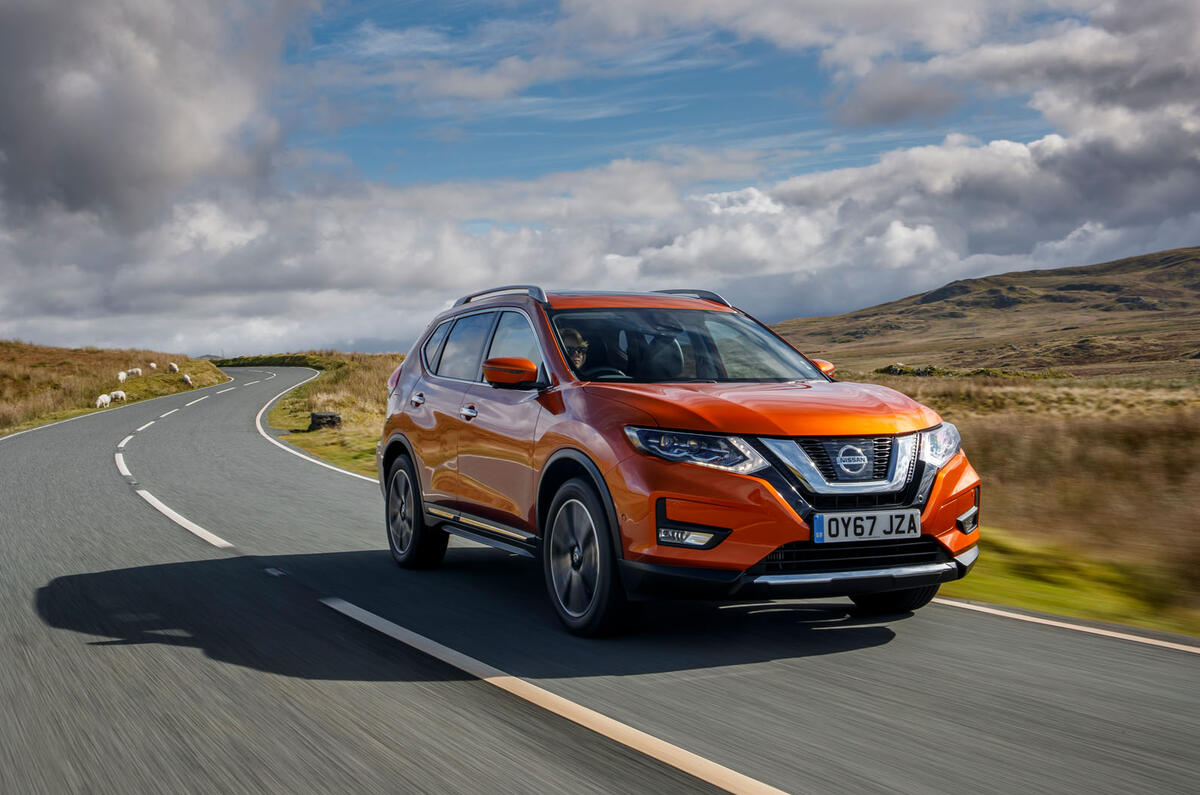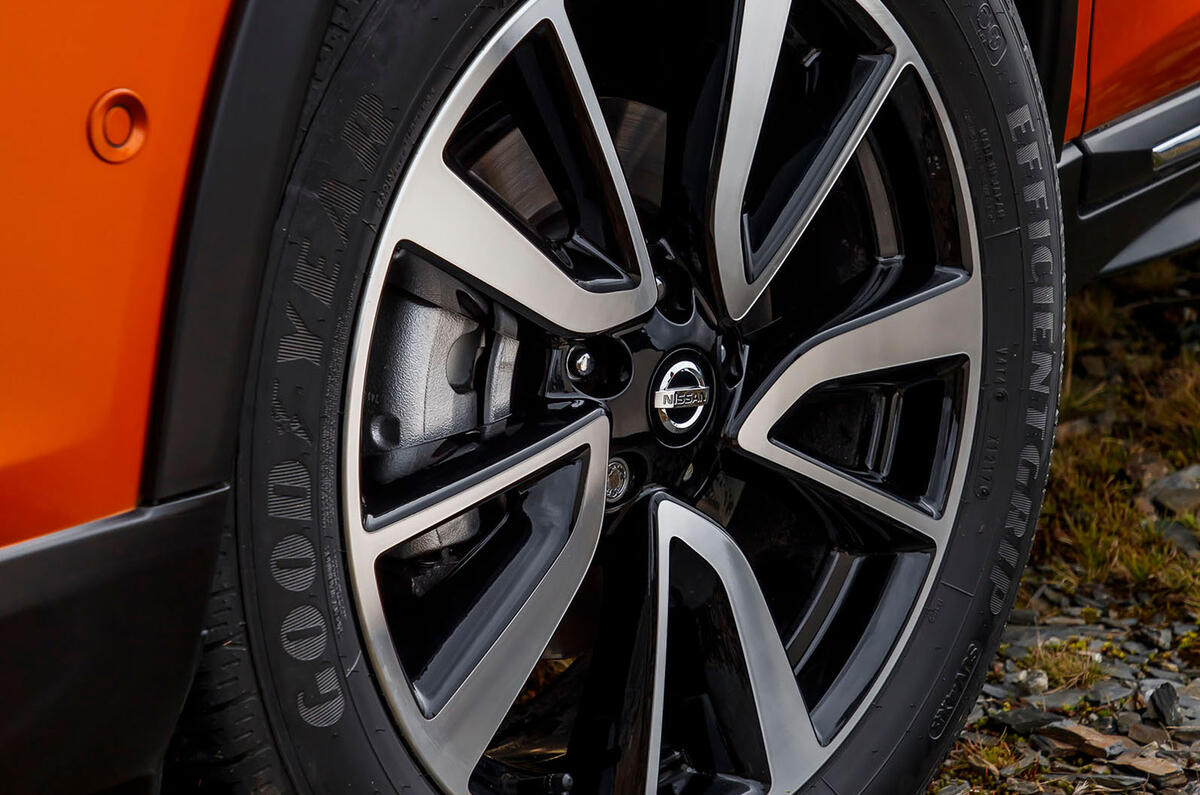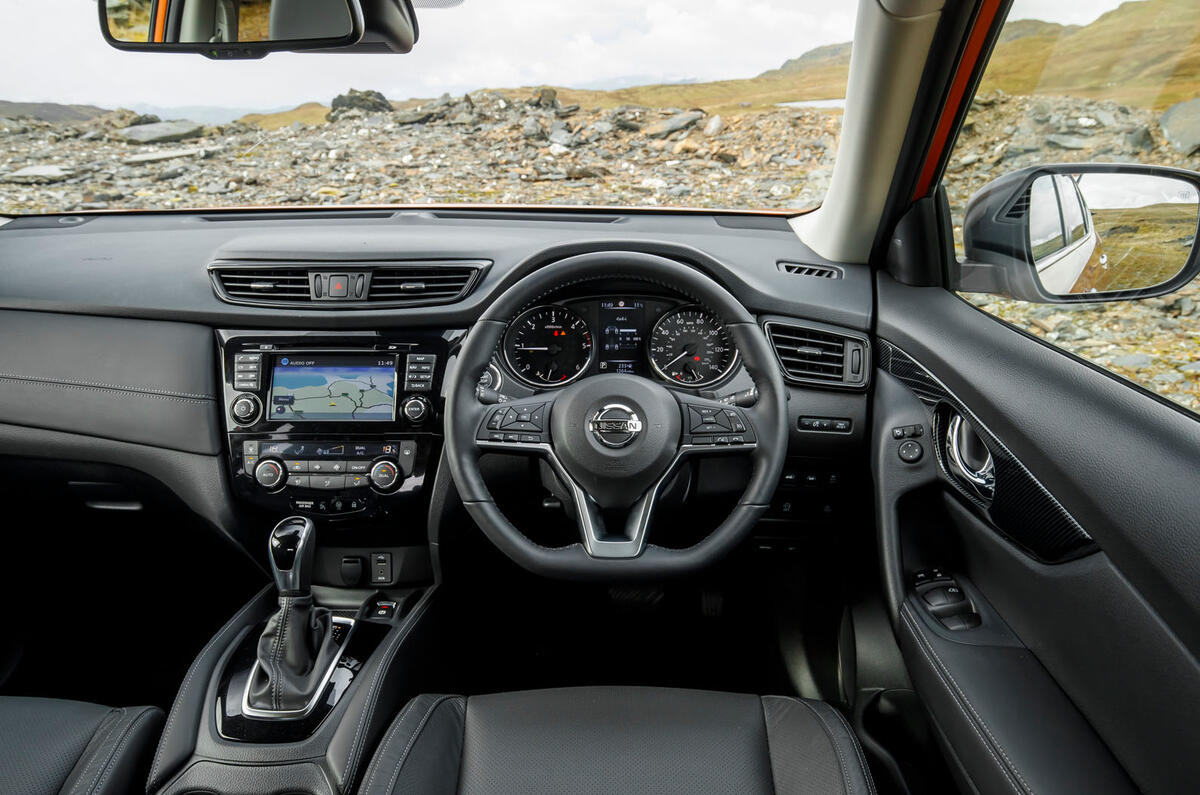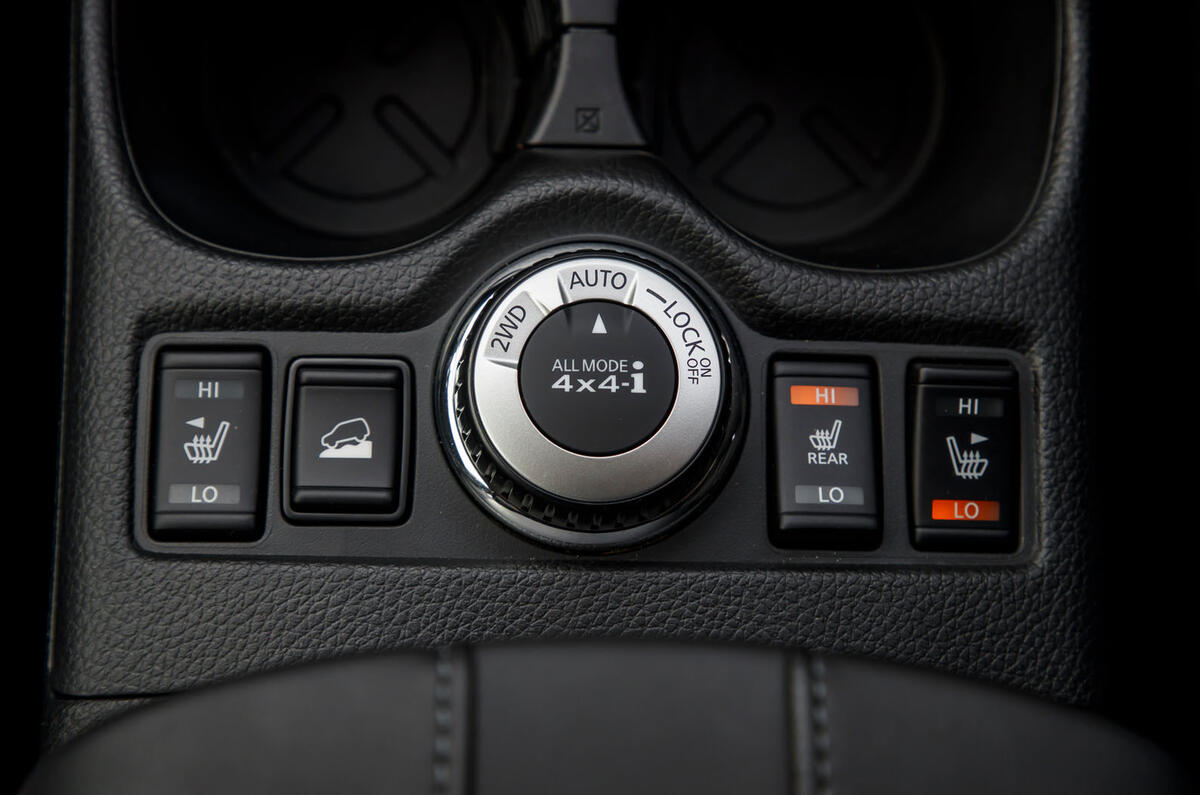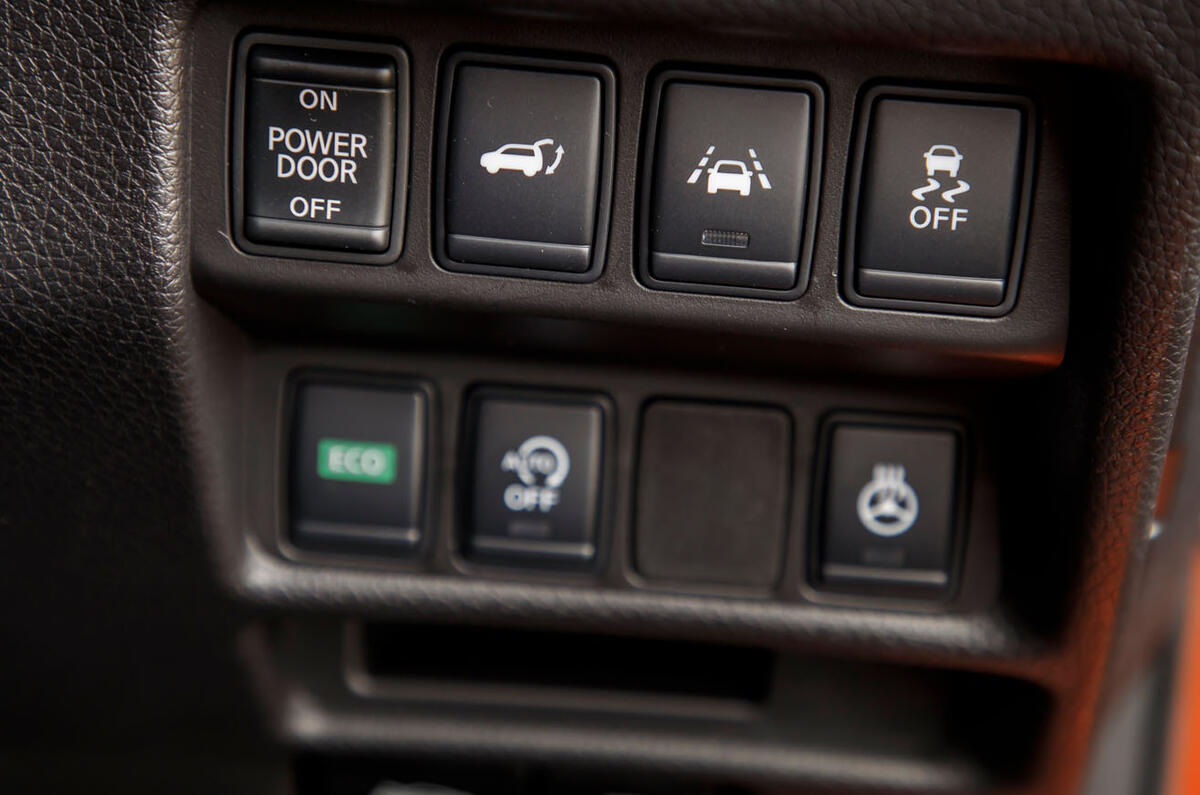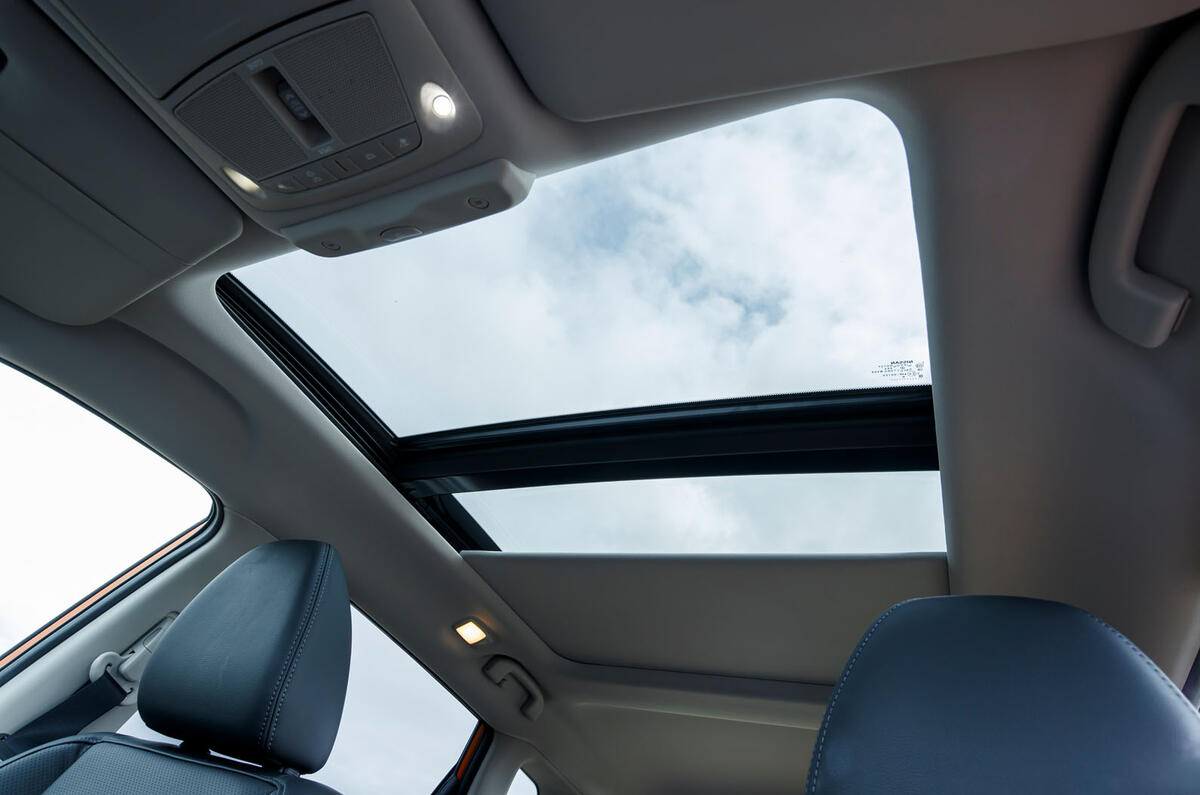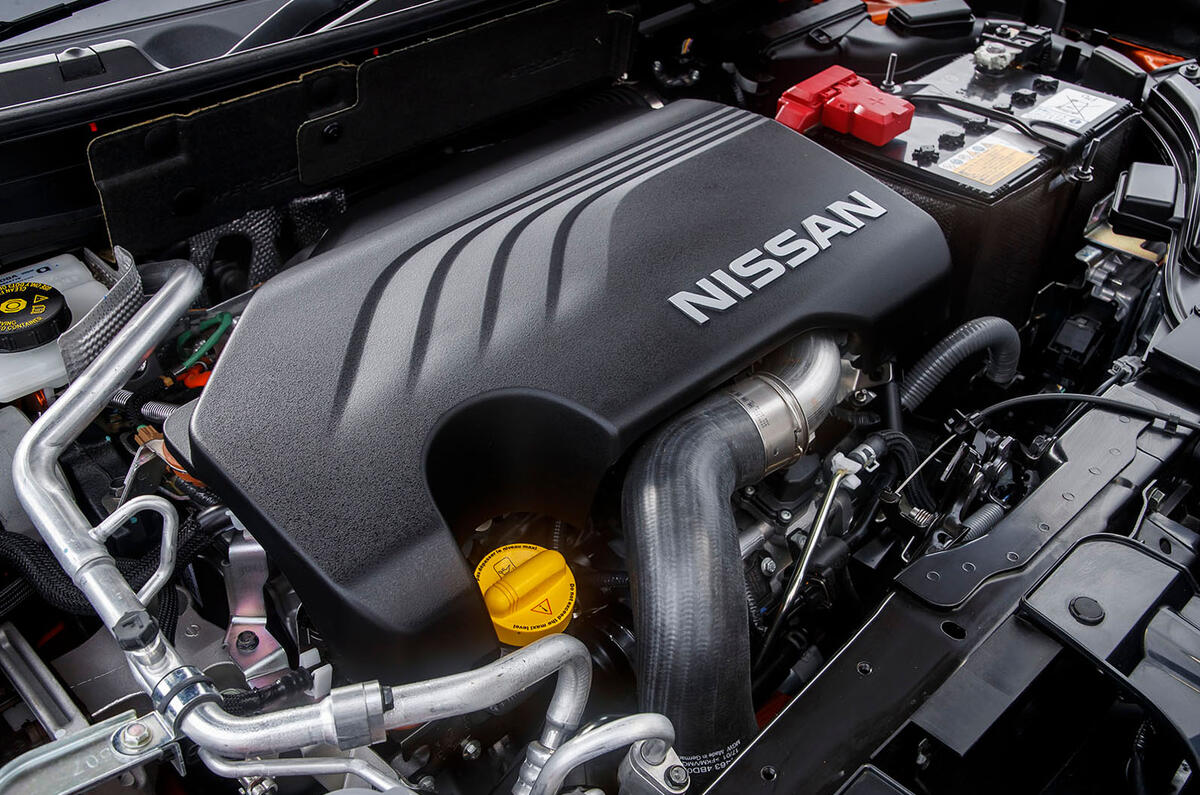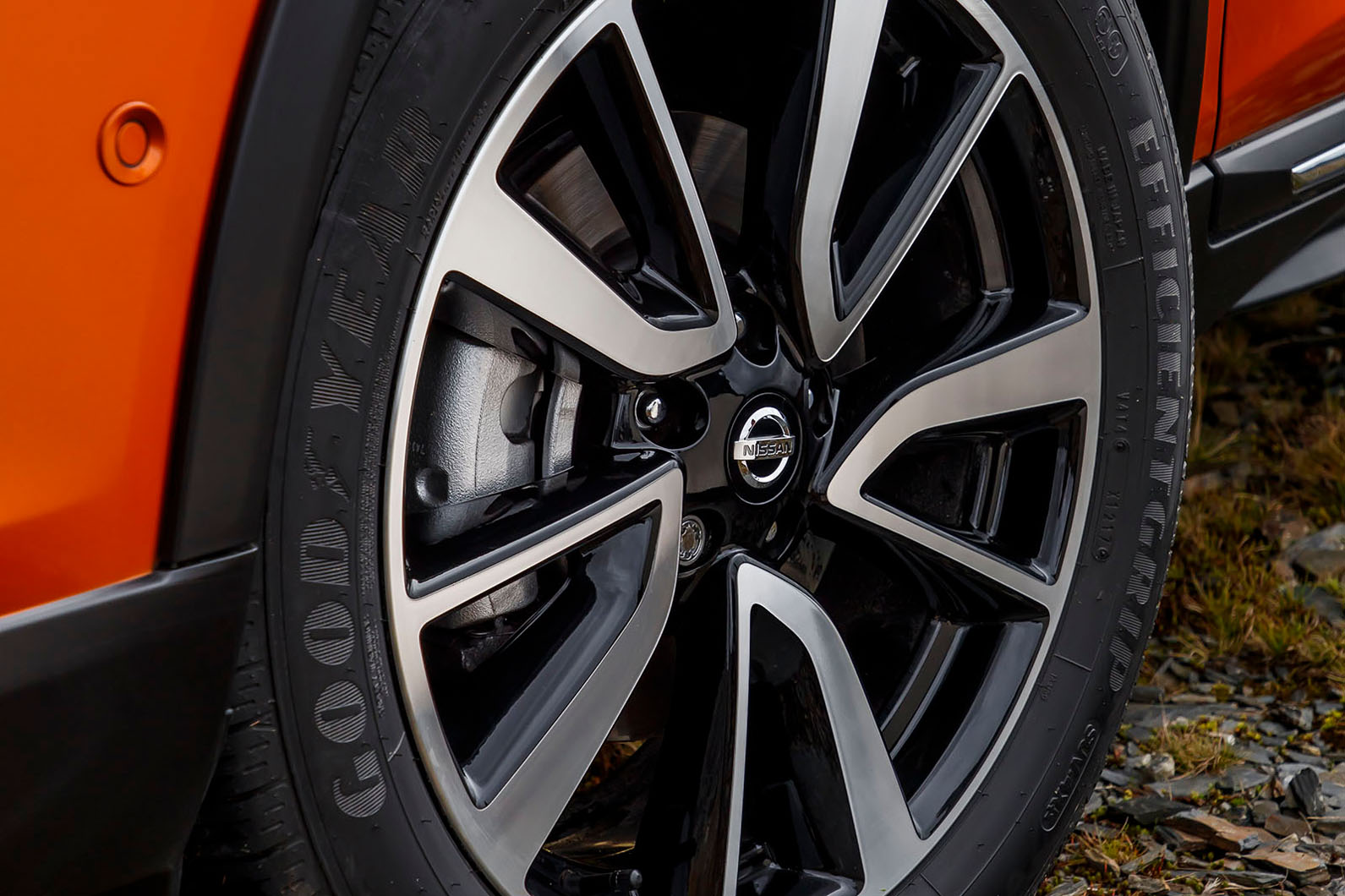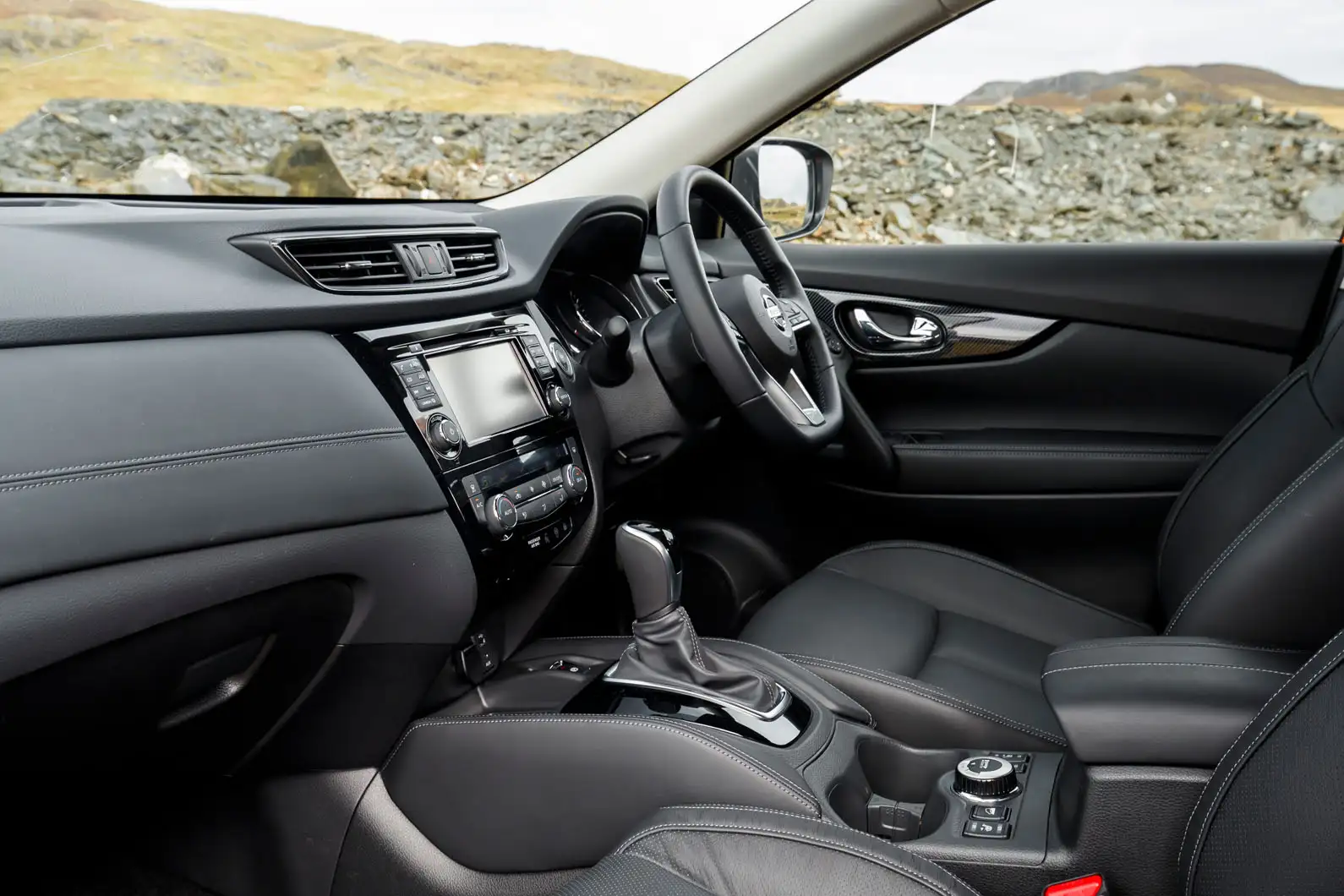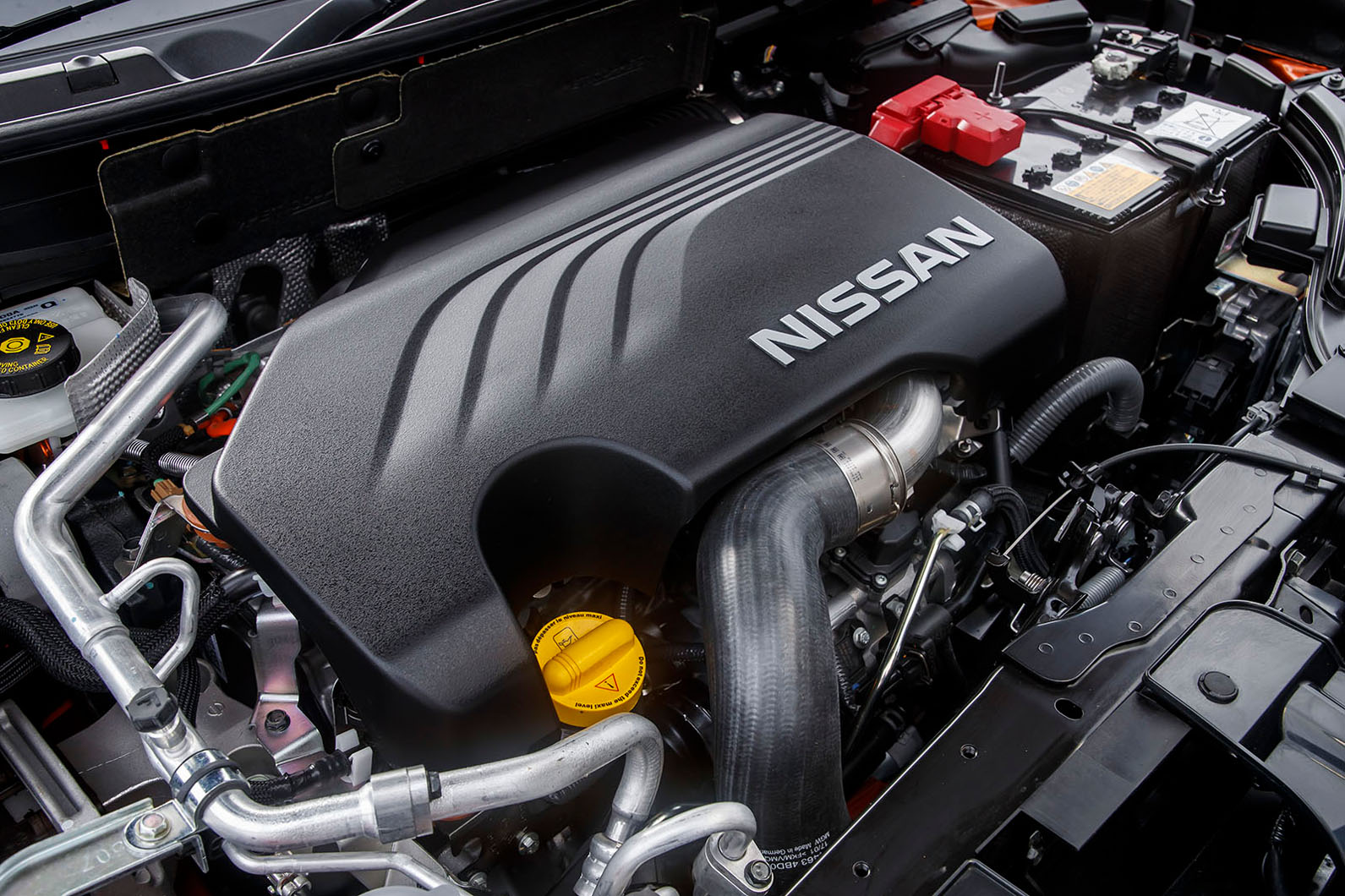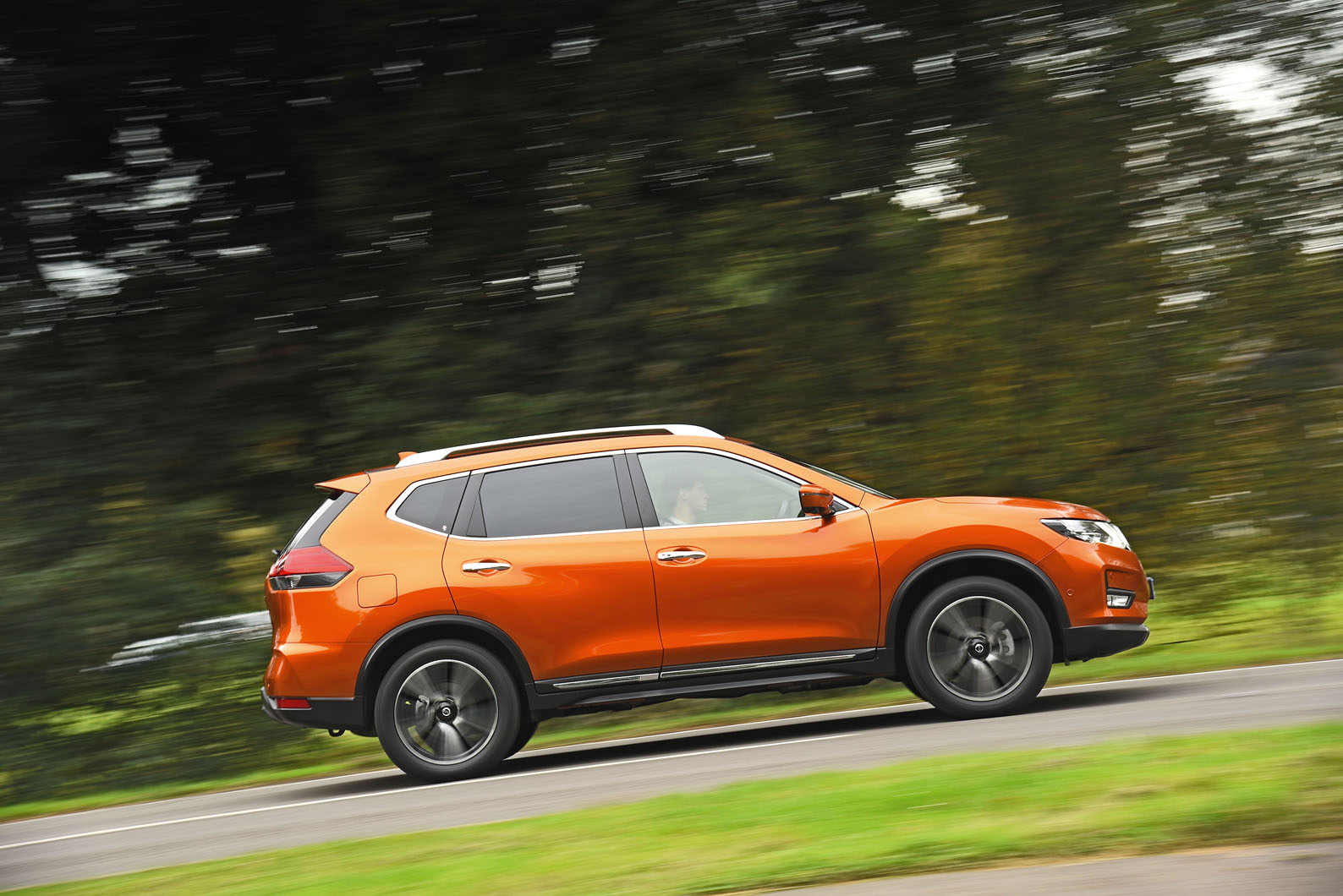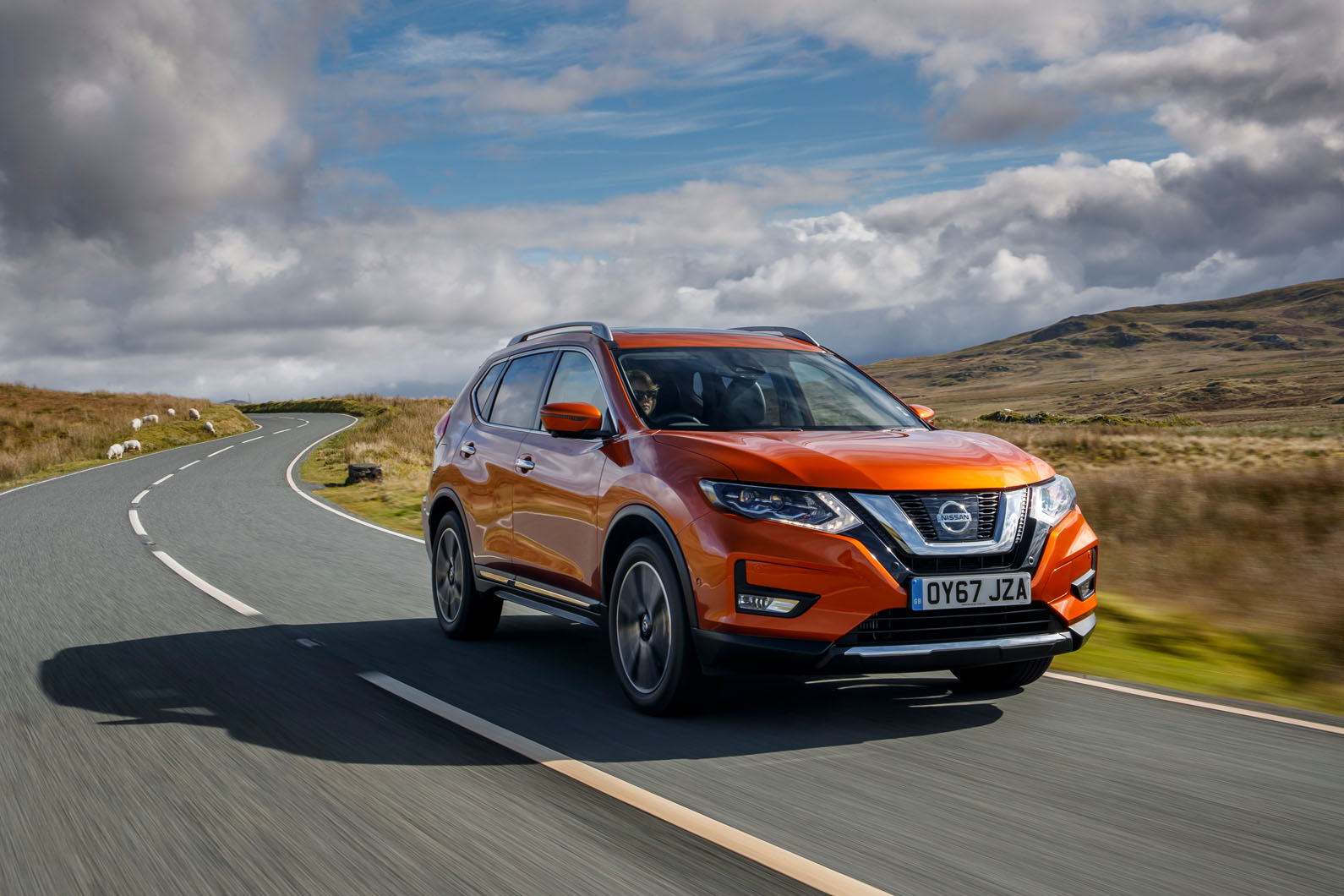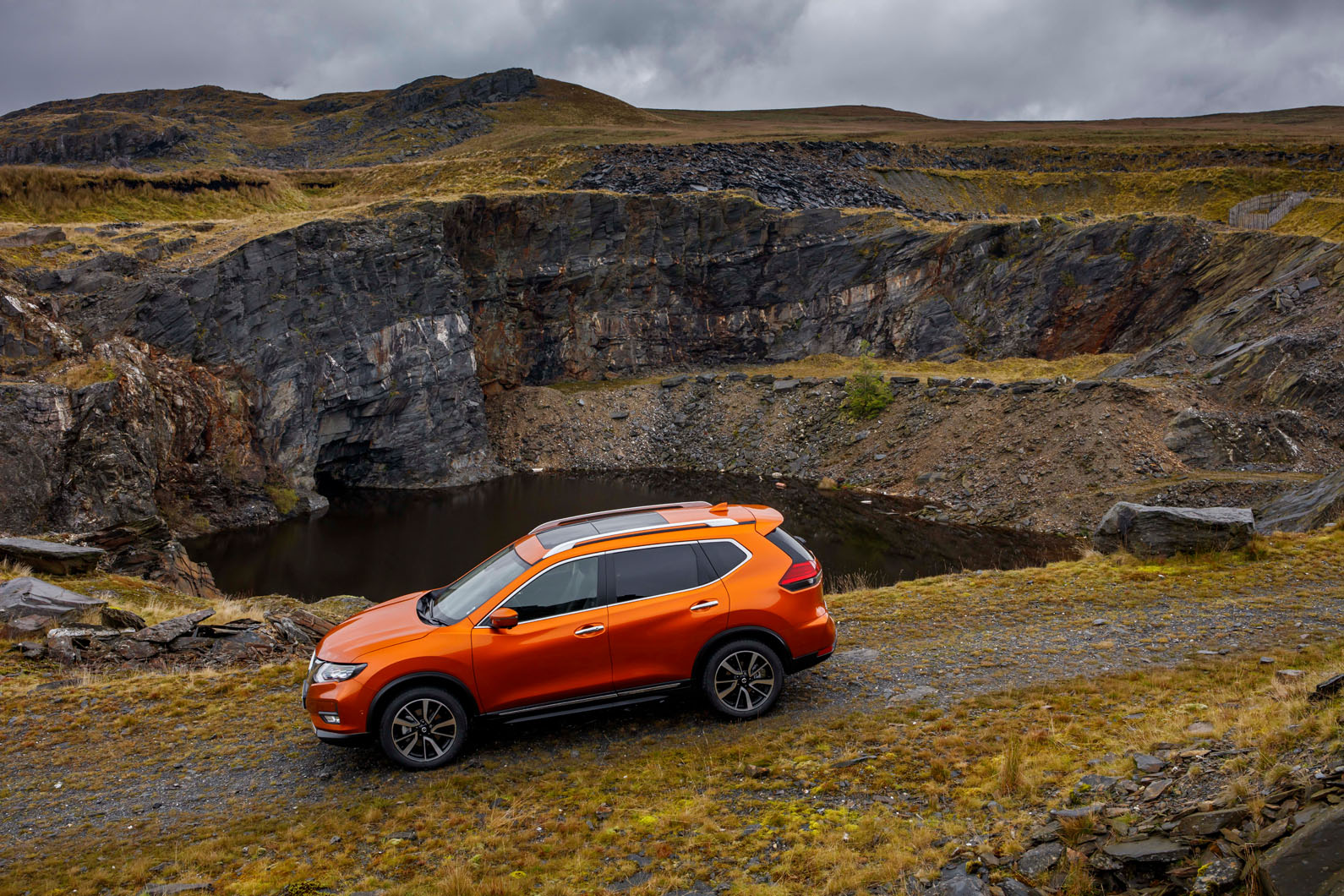The original Nissan X-Trail was launched in 2001. Now, almost two decades on, Nissan is keen to point to that car as being a key player in the genesis of the current crossover breed.
Truthfully, however, the right-angled 4x4 – with its all-wheel-drive-only identity and utilitarian attitude – had as much to do with the traditional SUV as it did with any fast-approaching marketing concept. The first X-Trail’s primary qualification as a crossover rather than a pure SUV is likely its platform, which was shared with conventional models such as the front-drive Primera and Almera.
That MS architecture carried the model through to 2007, when it was replaced by the second-generation 2007-2014 Nissan X-Trail built on the C platform co-developed with Renault. Prior to the current nameplate, Nissan had marketed a small 4x4 SUV dubbed the Rasheen, which was sold exclusively in Japan from 1994 to 2000.
Cut to today and the new Nissan X-Trail’s connection to the kind of soft-roader being conceived at the end of the last century hangs by a thread. Sharing much with the all-conquering Nissan Qashqai, the car is instead intended to fill out Nissan’s crossover range and sit triumphantly at the summit of the C-SUV segment.
To do this, the firm has fitted curves, economy and more kit, and, at the entry level, jettisoned four-wheel drive entirely. For 2017, Nissan gave both the Qashqai and X-Trail a facelift, with the latter getting a sharper looking front, LED rear lights and a more luxurious interior.



